
Basting a quilt refers to the process of temporarily securing the three layers of a quilt together before quilting. The three layers of a quilt are the quilt top (which is usually made up of pieced or appliqued fabric), the batting (which is the layer of material that provides warmth and loft), and the quilt backing (which is the fabric that covers the back of the quilt).
Basting is typically done with large, loose stitches that can be easily removed after the quilting is complete. Basting can be done using several methods, including using safety pins, using a basting spray, or hand-basting with a needle and thread. The purpose of basting is to keep the layers of the quilt from shifting during the quilting process, which can result in puckering or other distortions in the finished quilt.
Is Basting normally difficult?
Basting a quilt can be difficult for several reasons, depending on the method used and the skill level of the quilter. Here are some common challenges that quilters may encounter when basting a quilt:
- Large size: Quilts can be quite large, which makes it challenging to baste them without wrinkling or distorting the layers. The larger the quilt, the more difficult it can be to keep the layers smooth and even.
- Physical demands: Basting a quilt can be physically demanding, especially if done by hand. It can be tiring to hold the layers of the quilt taut while trying to stitch or pin them together.
- Time-consuming: Basting a quilt can take a significant amount of time, especially if done by hand. Depending on the size of the quilt and the method used, it could take several hours or even days to baste a quilt properly.
- Uneven tension: If the layers of the quilt are not basted evenly, the quilting process can result in puckers or tucks in the finished quilt. This can happen if the basting stitches are too tight or too loose, or if the pins or adhesive spray are not placed evenly.
Different techniques of basting
There are several techniques that can be used to baste a quilt, and each method has its own advantages and challenges. Here are some of the most common techniques:
- Pin basting: This involves using safety pins to hold the layers of the quilt together. Pin basting is popular because it is relatively quick and easy, and the pins can be repositioned as needed. However, it can be difficult to get the layers perfectly smooth and even, especially on larger quilts.
- Thread basting: This technique involves using a needle and thread to baste the layers of the quilt together. Thread basting can be time-consuming, but it allows for more precise control over the tension and placement of the stitches. Thread basting is often used for smaller quilts or for quilts with intricate designs.
- Spray basting: This technique involves using a temporary adhesive spray to hold the layers of the quilt together. Spray basting is fast and easy, and it allows for a very smooth and even basting. However, it can be messy and difficult to reposition the layers once they are sprayed.
- Quilt basting frames: These frames are designed specifically for basting quilts and can be used to hold the layers in place while stitching them together. Quilt basting frames can be expensive, but they can save time and effort, especially on larger quilts.
Overall, the best technique for basting a quilt depends on personal preference, the size of the quilt, and the complexity of the design. Many quilters experiment with several techniques before settling on their preferred method.
Super fast way of basting!
Now that you have looked at all other methods, here is a much faster way of basting!
This technique is very versatile as you can add sections of pipe depending on the size of your quilt, and it keeps you from crawling around on the floor trying to get the wrinkles out. This method cuts basting time down to minutes instead of hours!
Look at this video and let us know what you think?

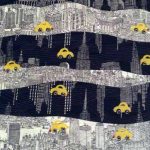
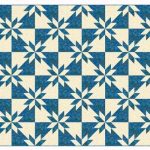


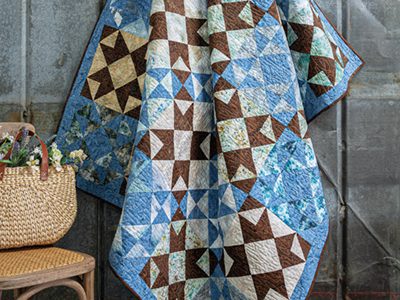
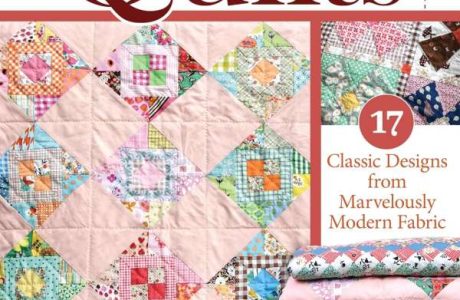

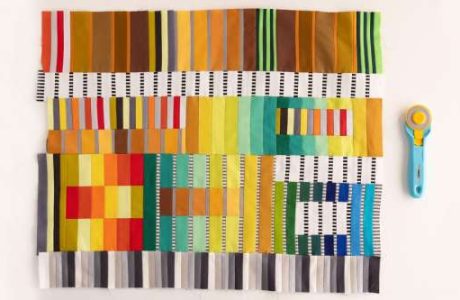
Leave a Reply